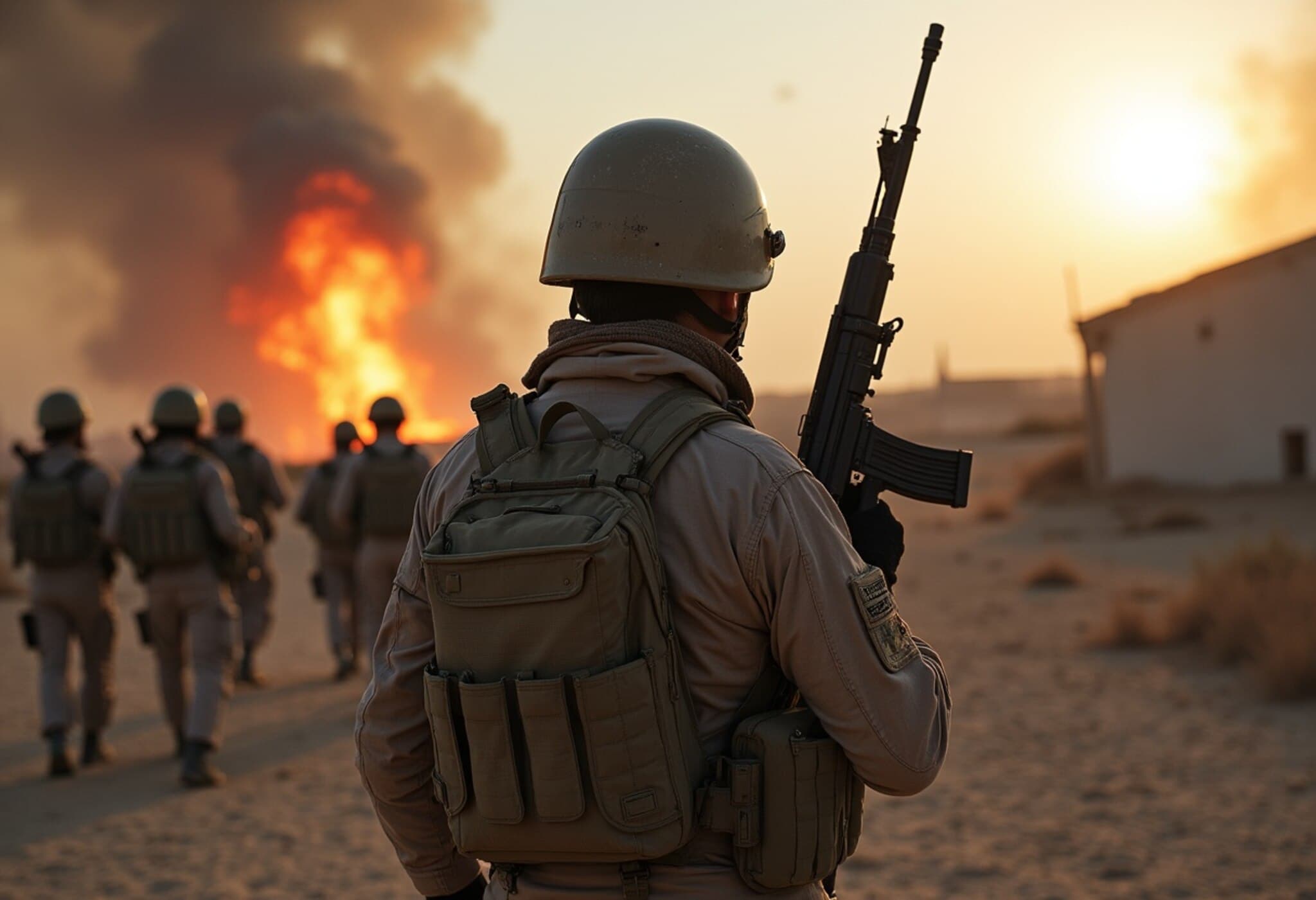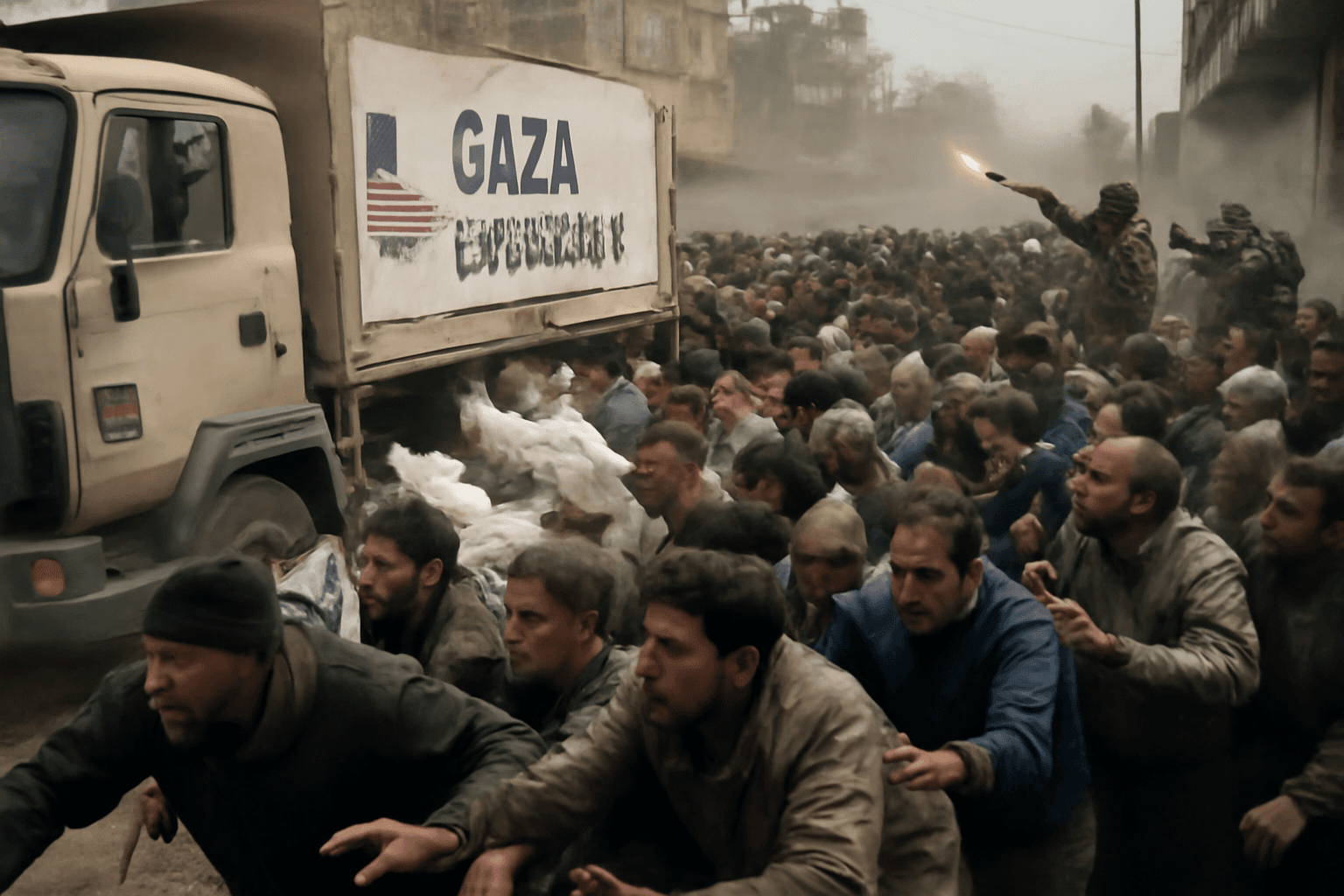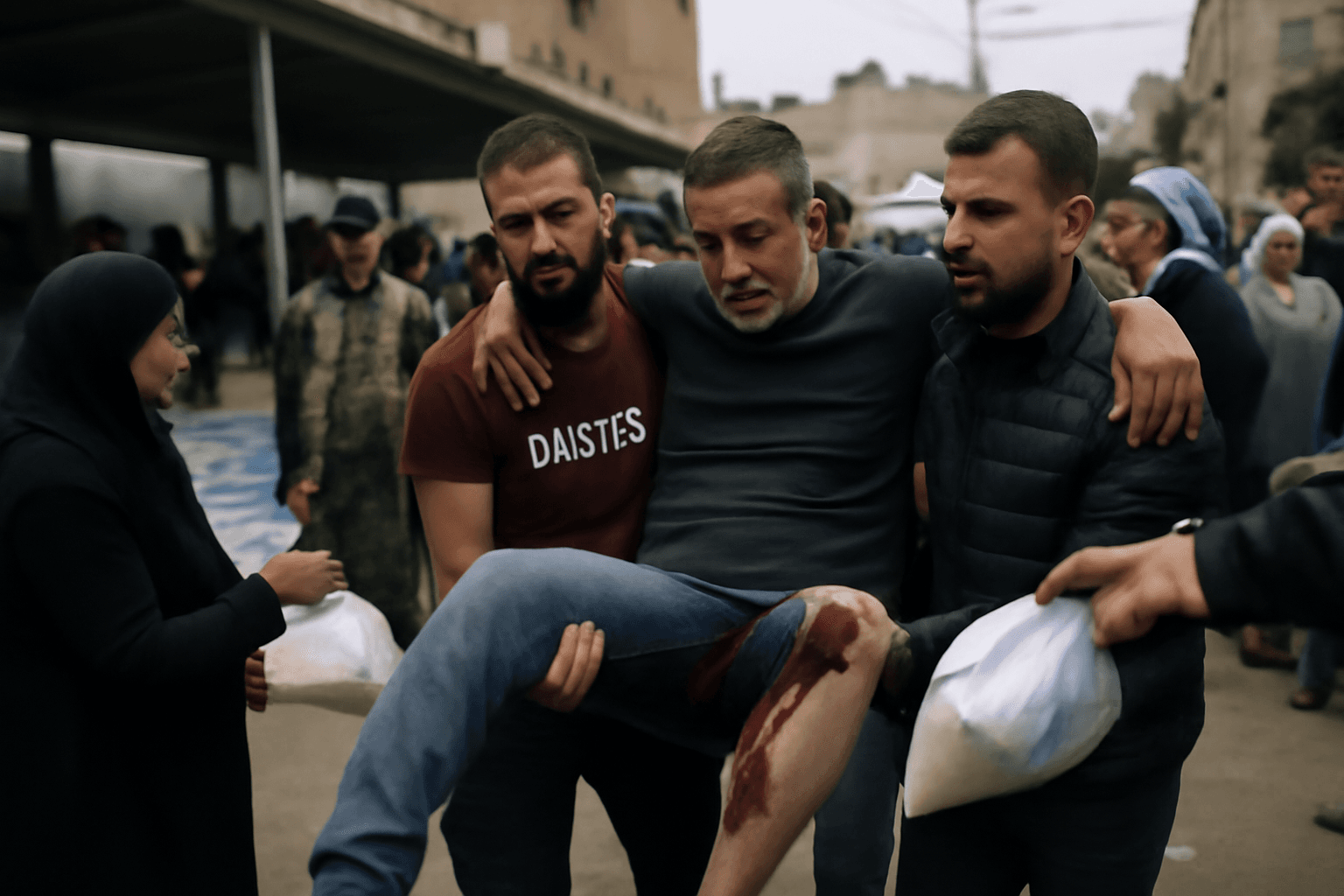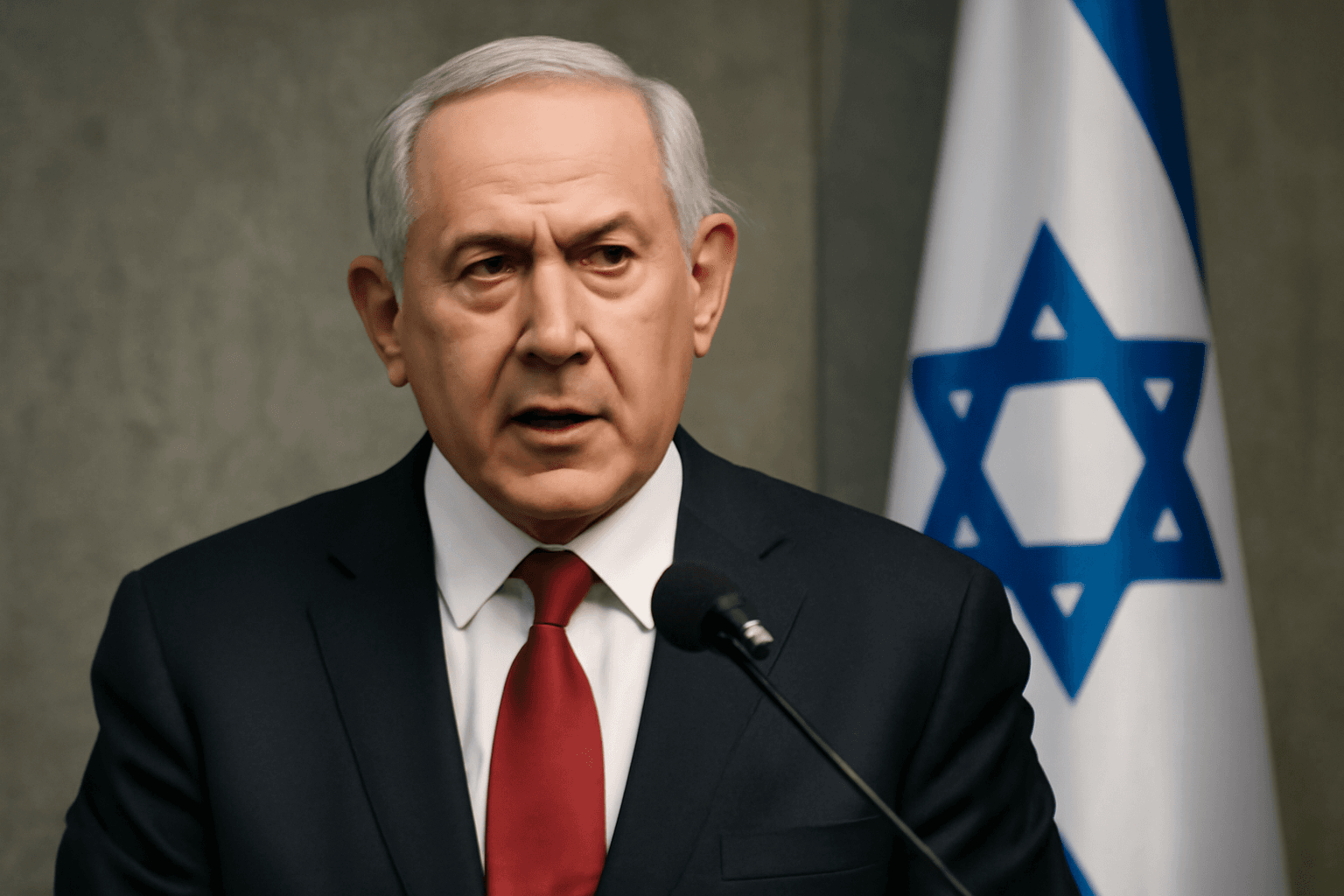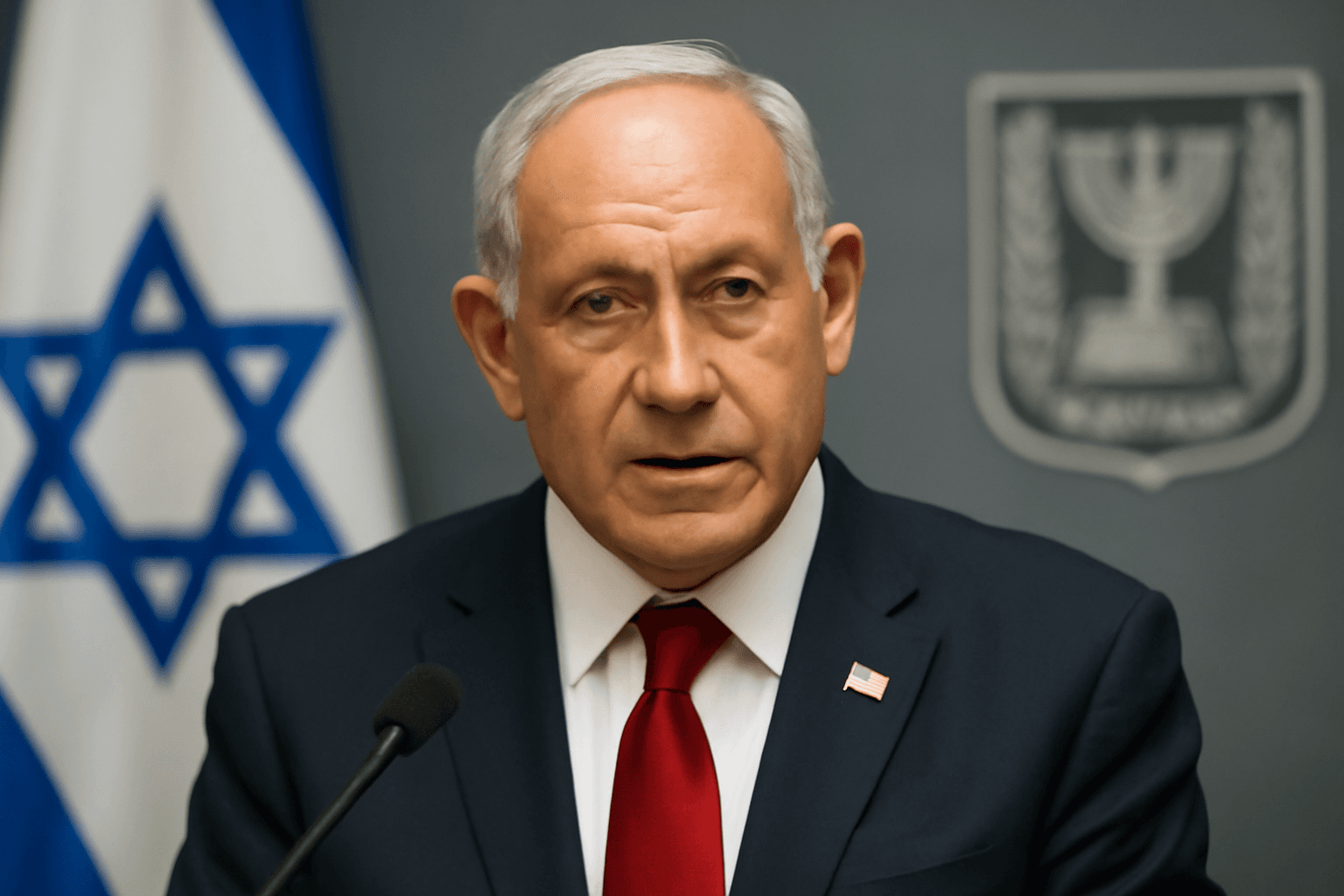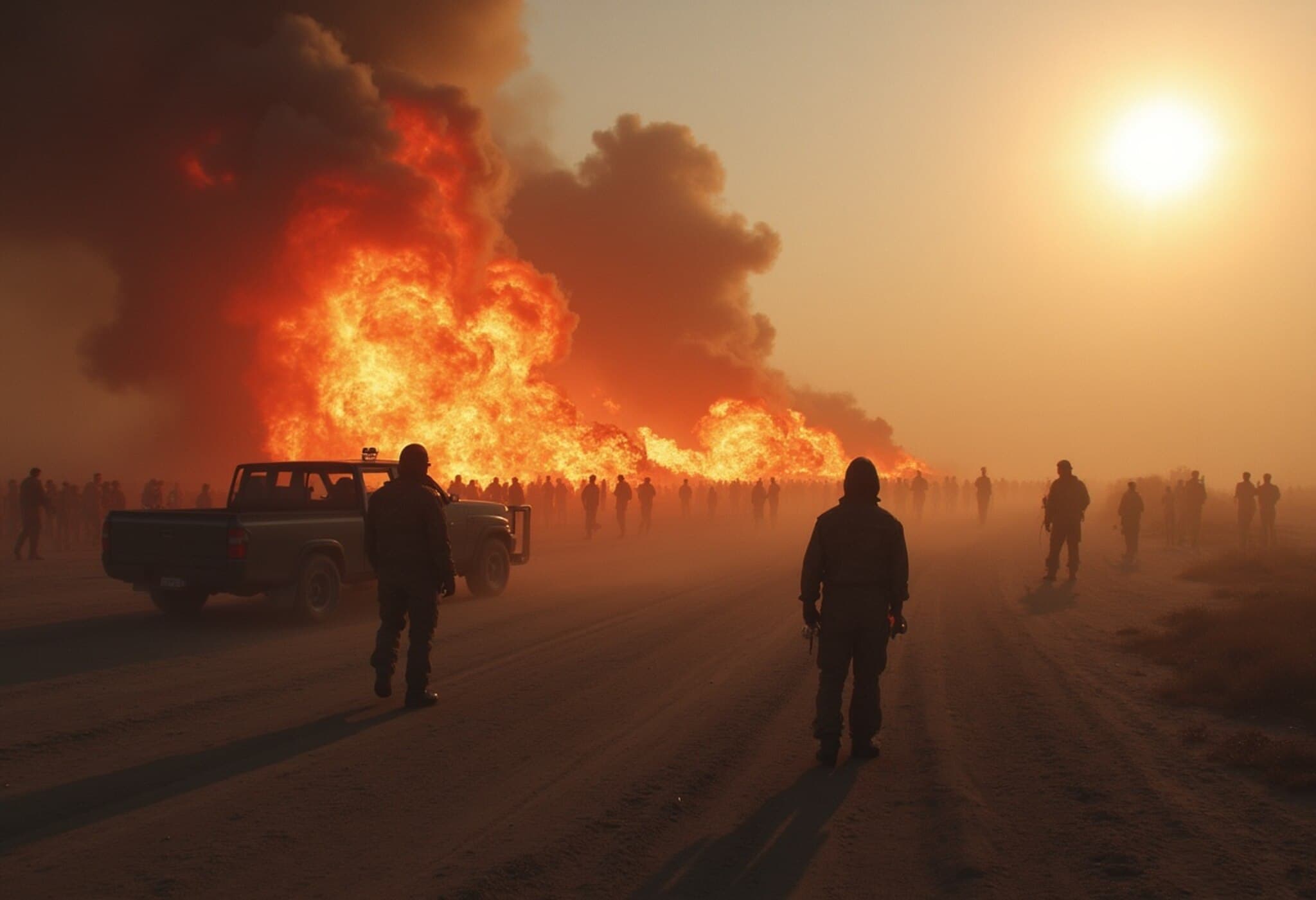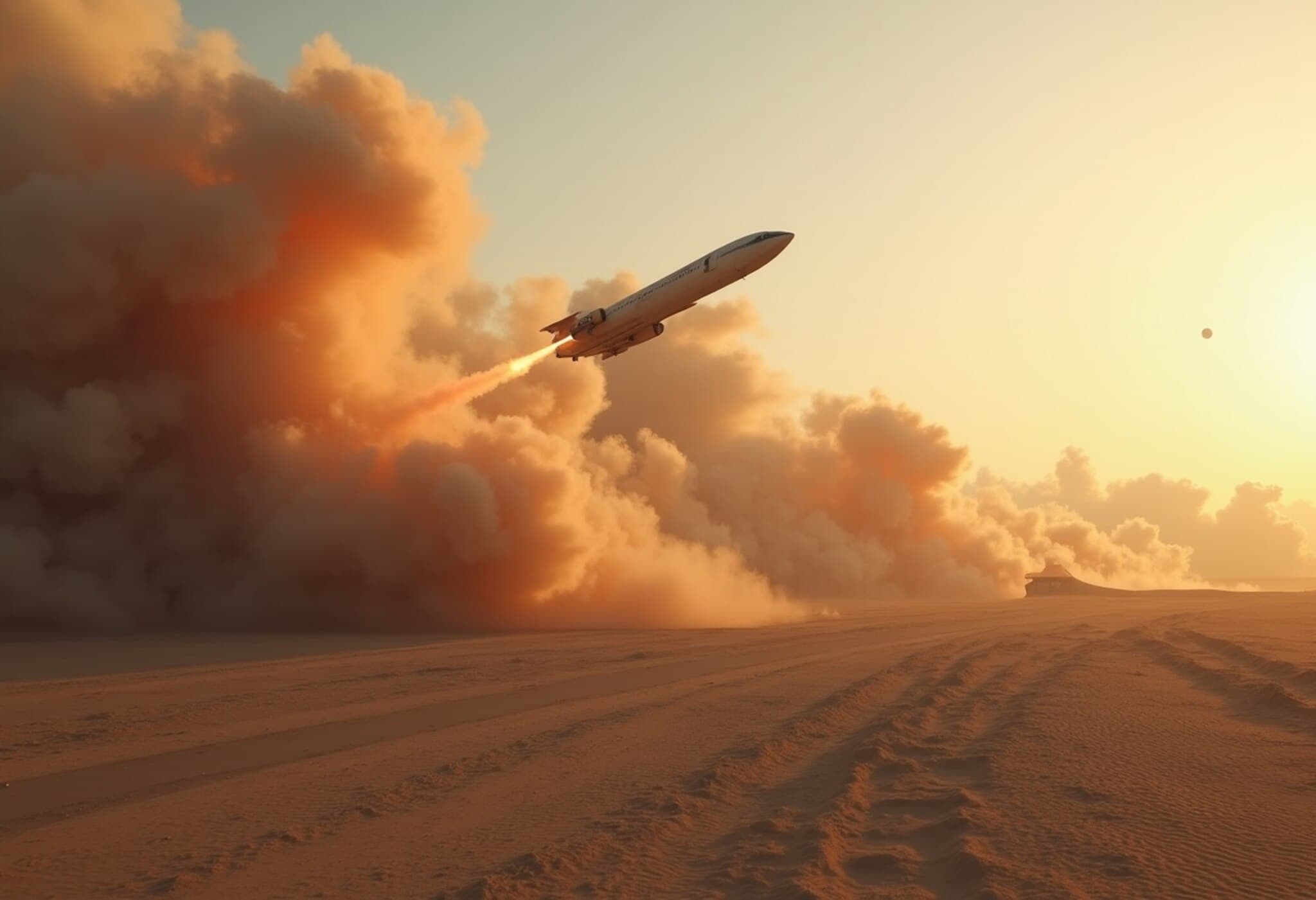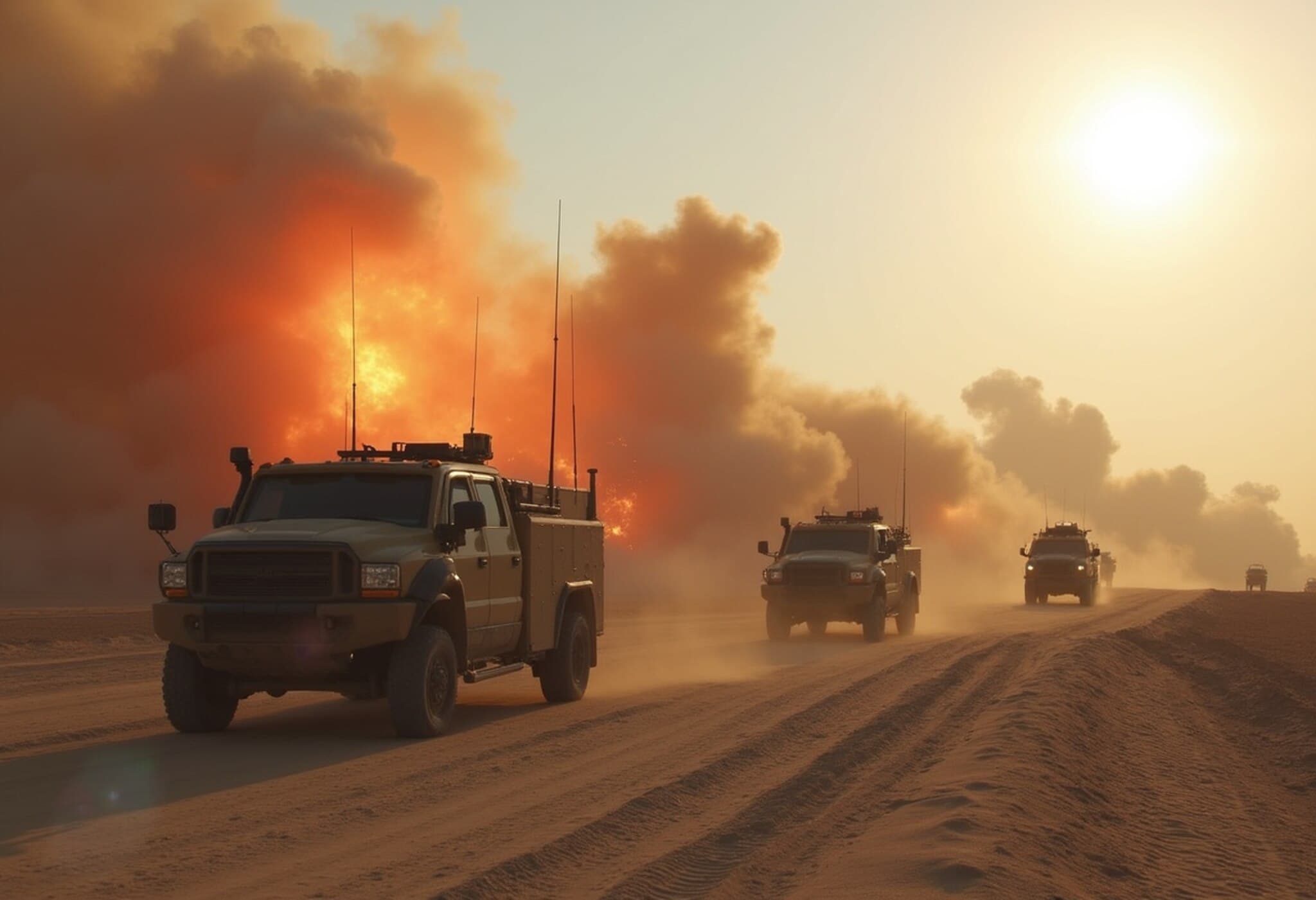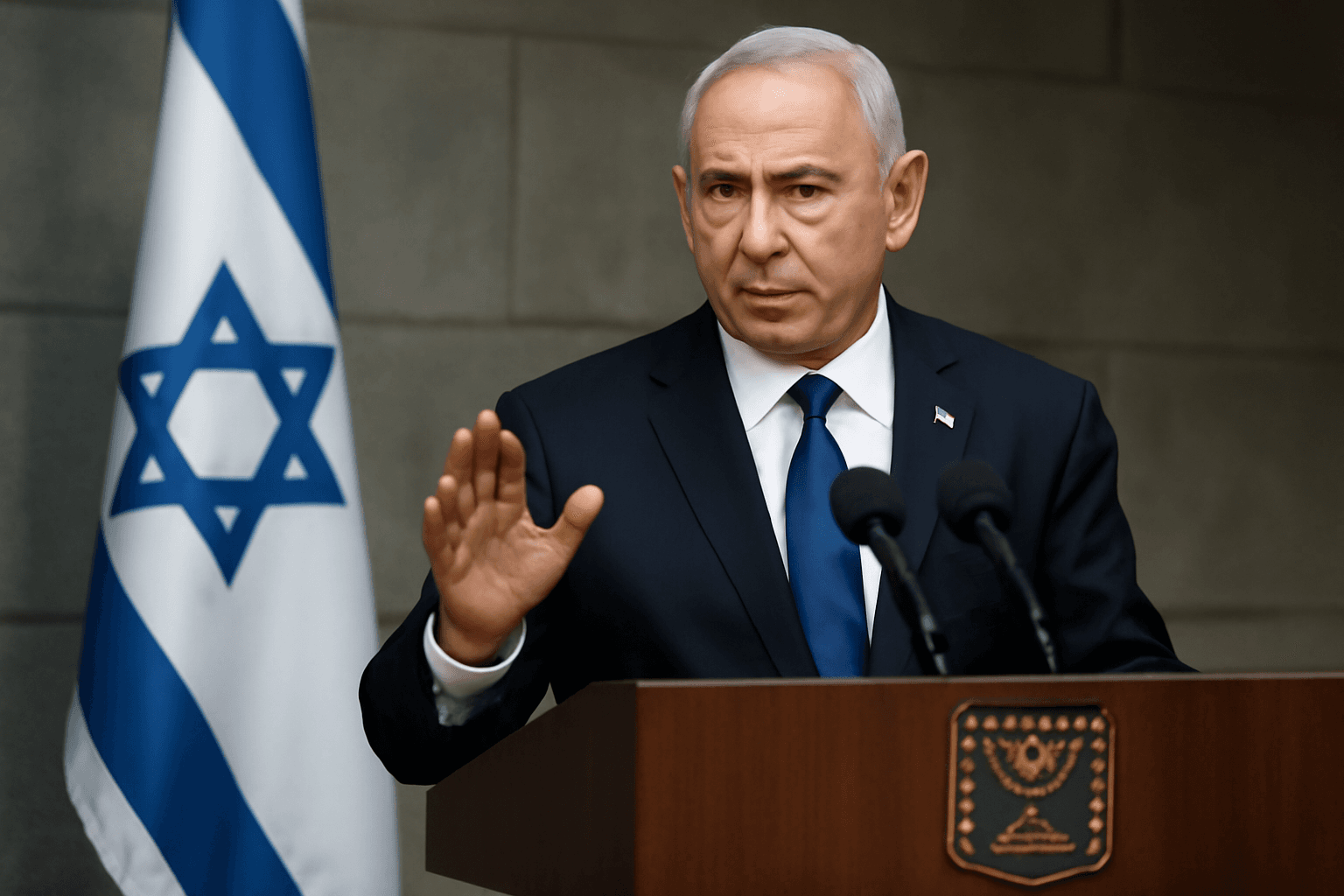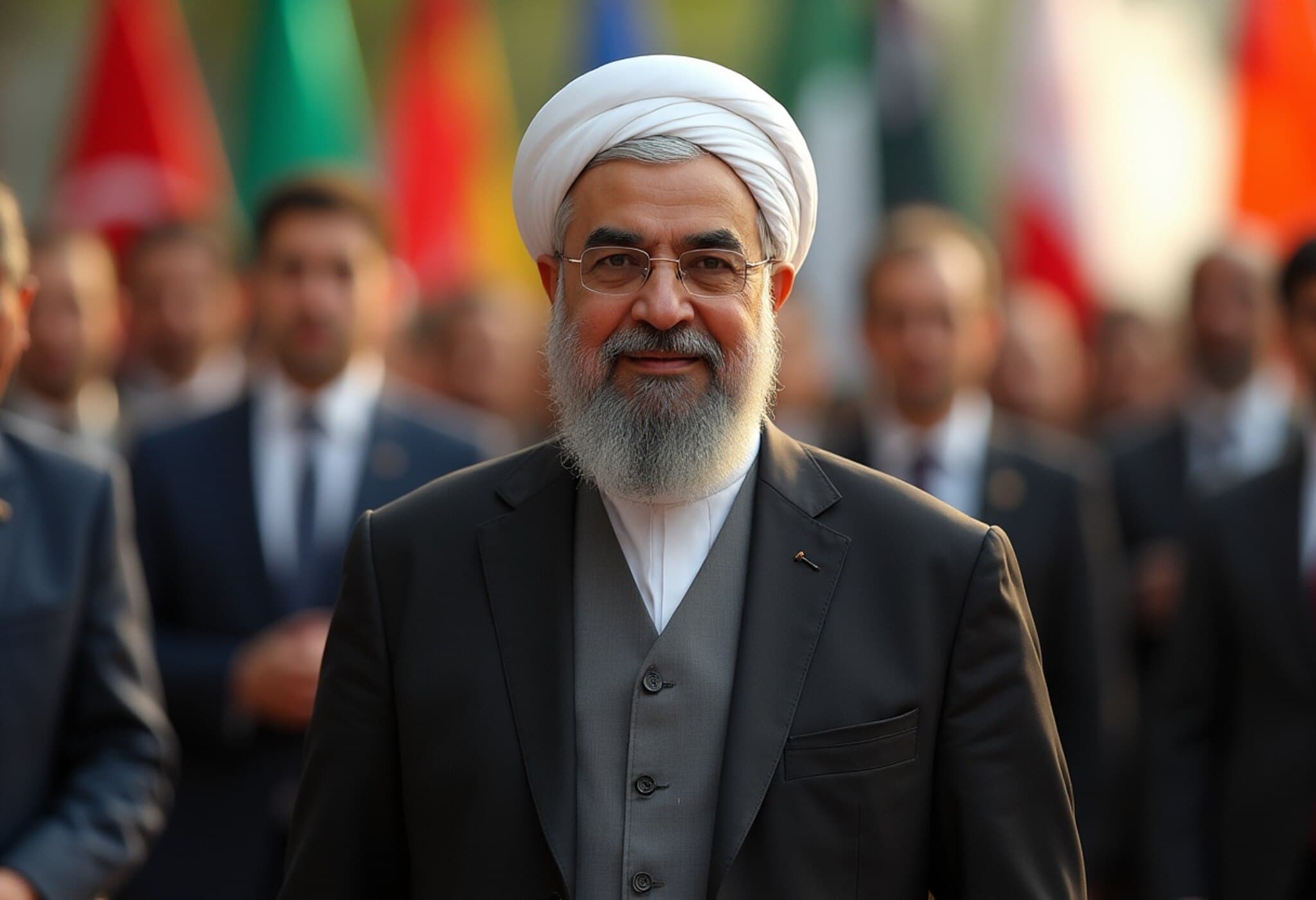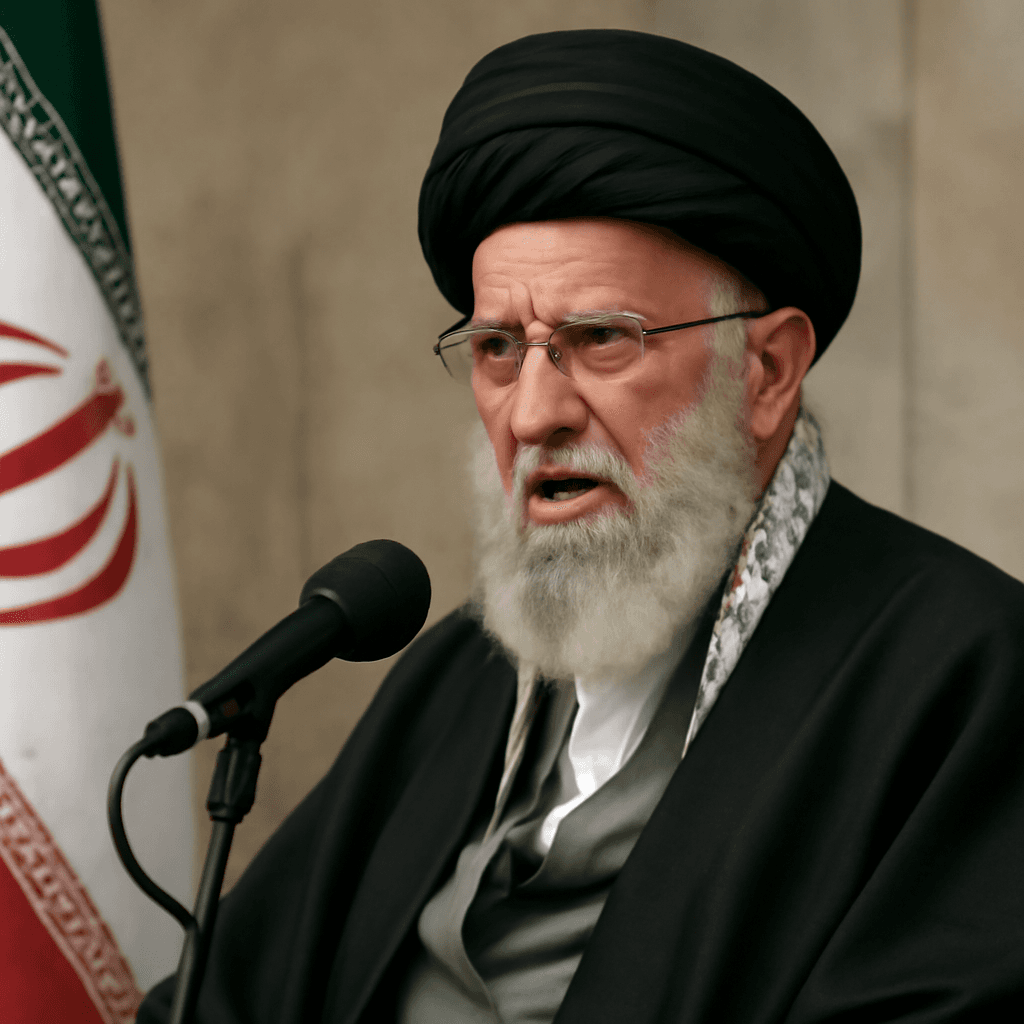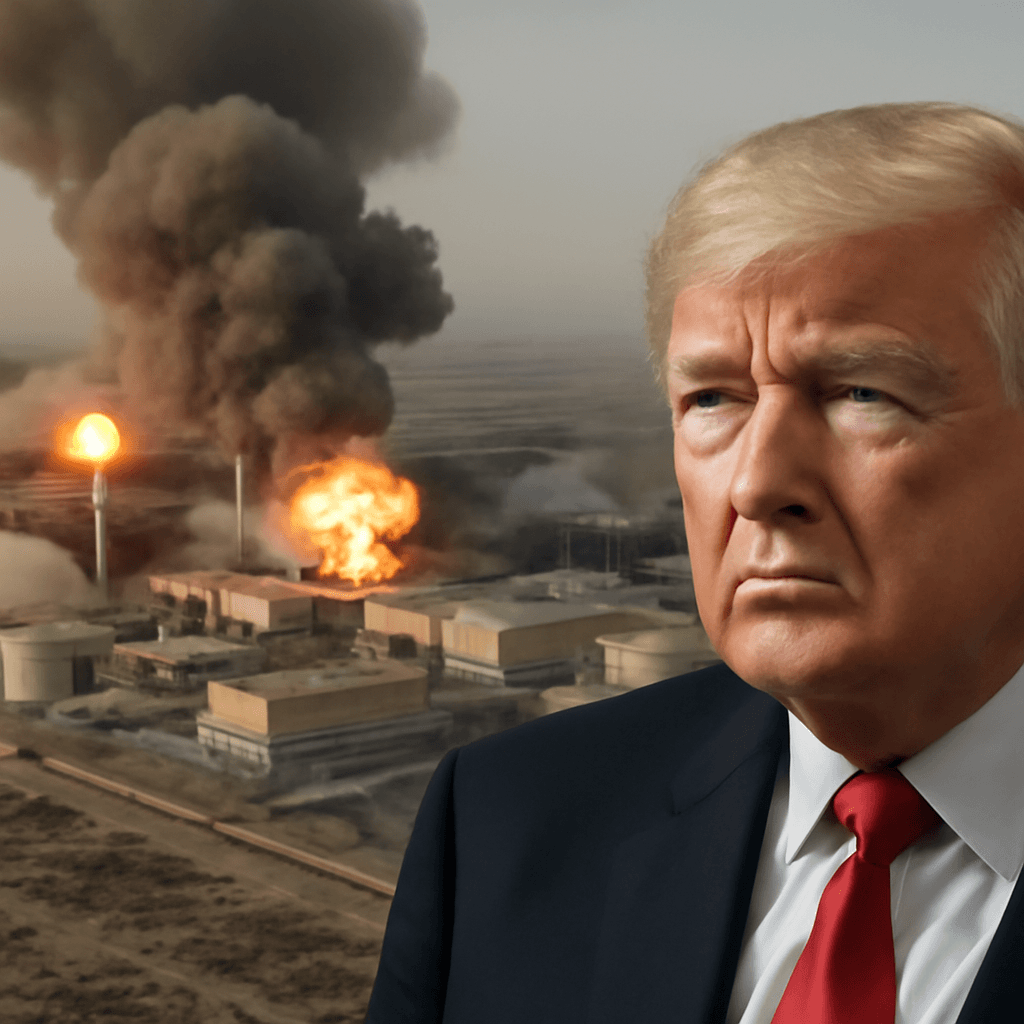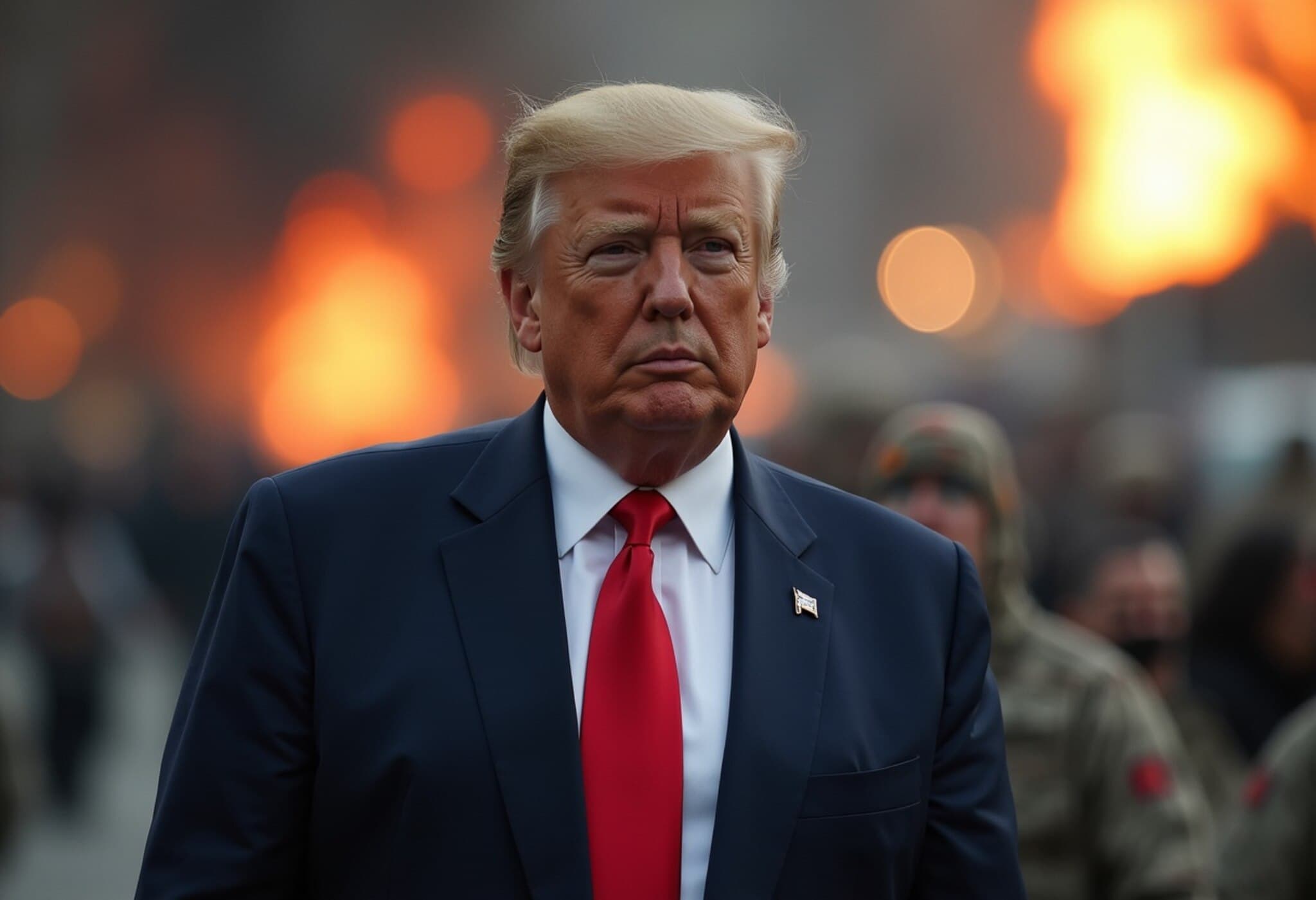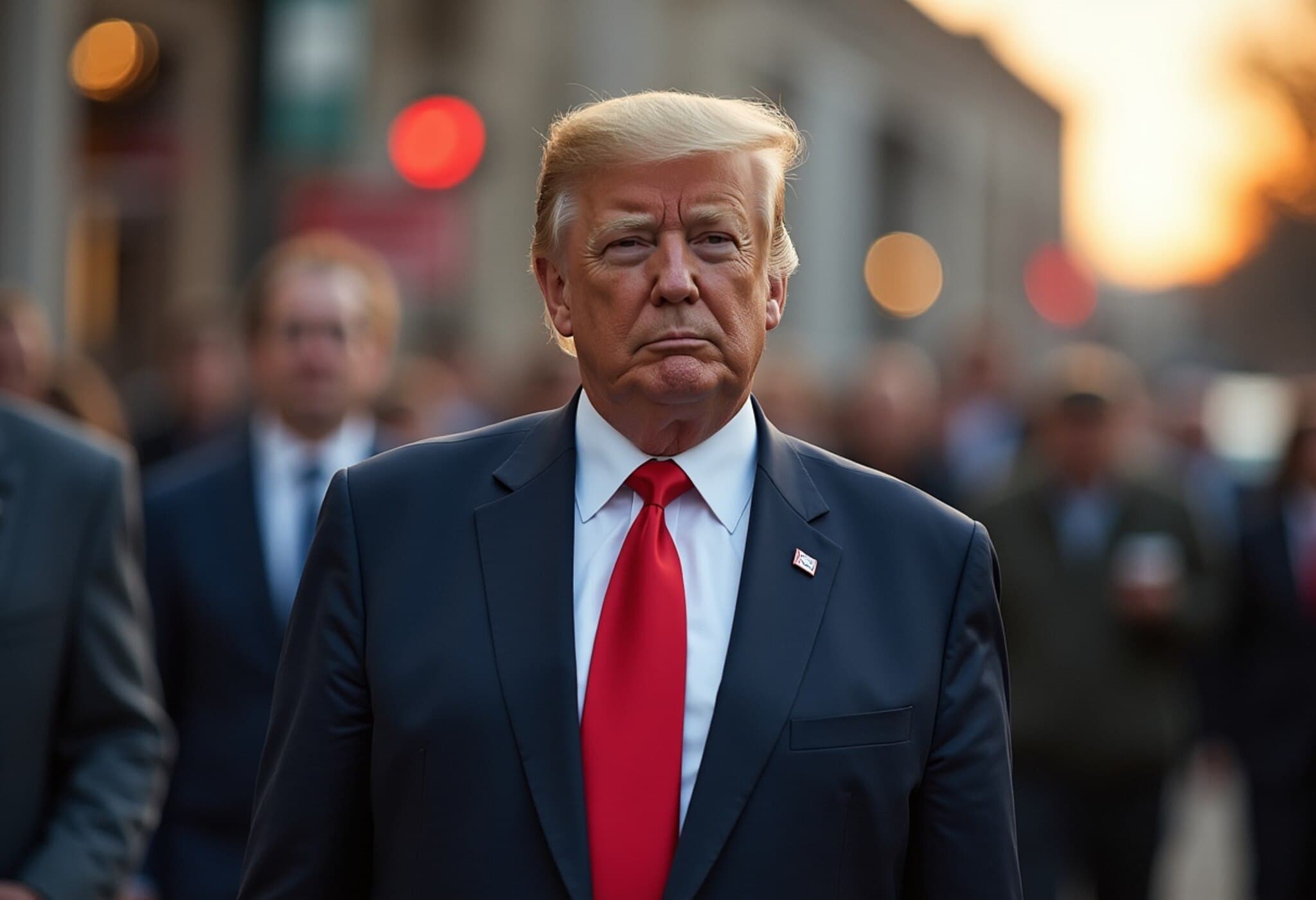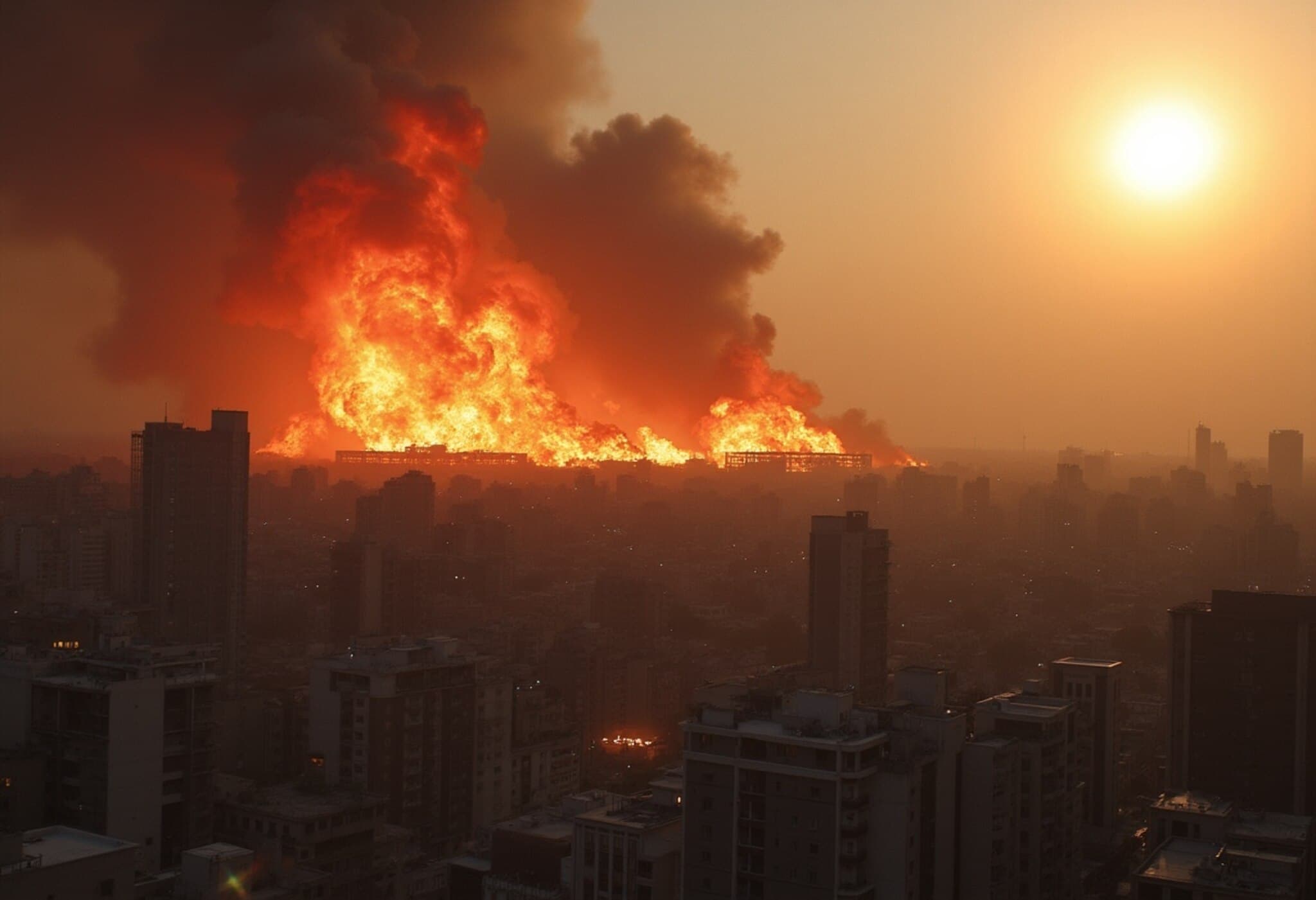Iran-Backed Militias Poised to Strike US Military Installations
Heightened tensions in the Middle East have led to alarming intelligence suggesting that Iran-backed militias may soon target US military bases in Iraq and potentially Syria. This development follows recent US airstrikes crippled Iranian nuclear sites, which Tehran perceives as a direct threat to its sovereignty.
Tehran’s Stark Warning to Washington
In an assertive move, Tehran reportedly communicated to Washington that it could unleash sleeper cells to launch terrorist attacks on American soil if the strikes on its nuclear infrastructure continue. This warning allegedly reached US leadership during the G7 summit held in Canada, prompting an early departure by the US President amid escalating security concerns.
Surveillance Highlights and Militia Activities
US military and intelligence agencies have identified troubling signs that Iran-aligned militia factions are gearing up for possible assaults on US bases, particularly those stationed in Iraq. While none of the specific groups have been named, these militias remain a persistent security challenge. Iraqi officials are reportedly working vigorously to deter any immediate attacks, attempting to maintain a fragile balance amid competing pressures from Washington and Tehran.
Backdrop: US Military Presence in Iraq and Syria
The United States maintains a notable troop presence in Iraq, with key installations such as Al-Asad and Erbil air bases playing strategic roles. Despite Iraq’s close ties to Iran, it remains a crucial partner in the US-led coalition fighting the Islamic State group, with approximately 2,500 American troops active in the region. Both governments have agreed on a gradual withdrawal plan, but the timeline remains fluid amid rising tensions.
In recent months, pro-Iran militants have repeatedly targeted US forces, especially following the outbreak of the Gaza conflict in October 2023. These strikes have been met with robust US retaliatory actions against Tehran-affiliated targets, significantly dampening the intensity of militant attacks.
Across the border in Syria, US troops have long battled remnants of the Islamic State within the fractured civil war context. The Pentagon's recent announcement to halve US forces in Syria to under 1,000 troops marks a strategic repositioning, aiming to consolidate their military footprint in the region.
The Complex Web of Alliances and Regional Impacts
Iran’s proxy networks have been significantly weakened over recent years due to continuous pressure from Israeli and US operations. Lebanon-based militias allied with Tehran recently indicated they might refrain from engaging further conflicts, particularly after sustained losses during the long-standing Israel-Hamas hostilities.
The broader US-Iran relationship remains strained, especially after the 2020 killing of Iranian military commander Qasem Soleimani, which intensified animosities and reshaped regional dynamics.
What Lies Ahead?
- Continued diplomatic efforts between Iraq, the US, and Iran to prevent an escalation in militia-led attacks.
- Monitoring and intelligence operations will likely intensify as both sides prepare for potential retaliatory moves.
- Security advisories for Americans abroad may remain heightened amid unpredictable developments.
As the situation unfolds, the volatile interplay between Tehran's strategic proxies and US military deployments underscores the fragile balance of power in the Middle East, with significant consequences for regional and global security.

